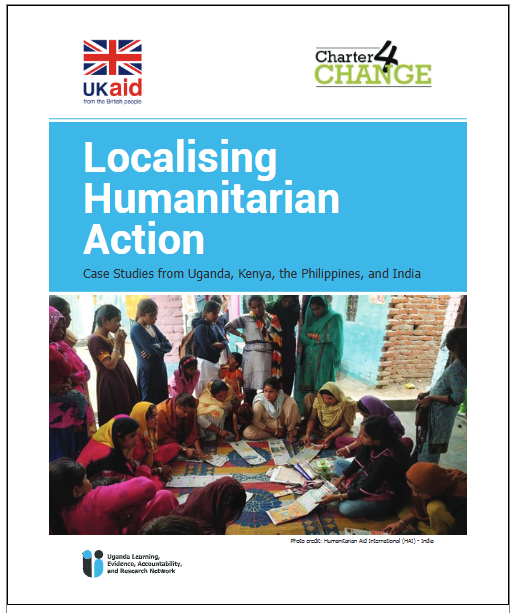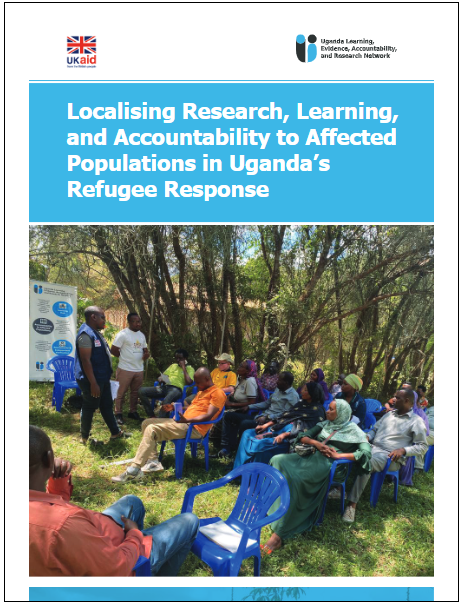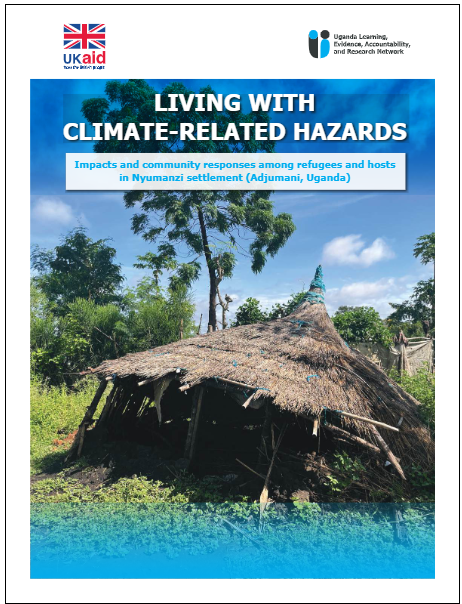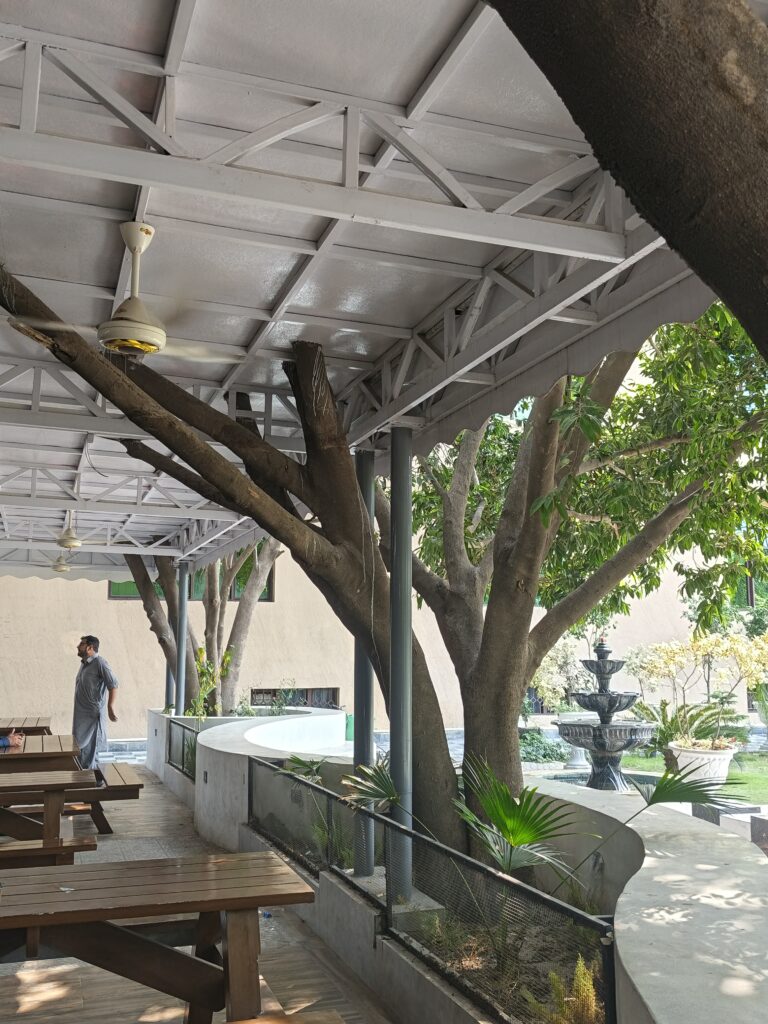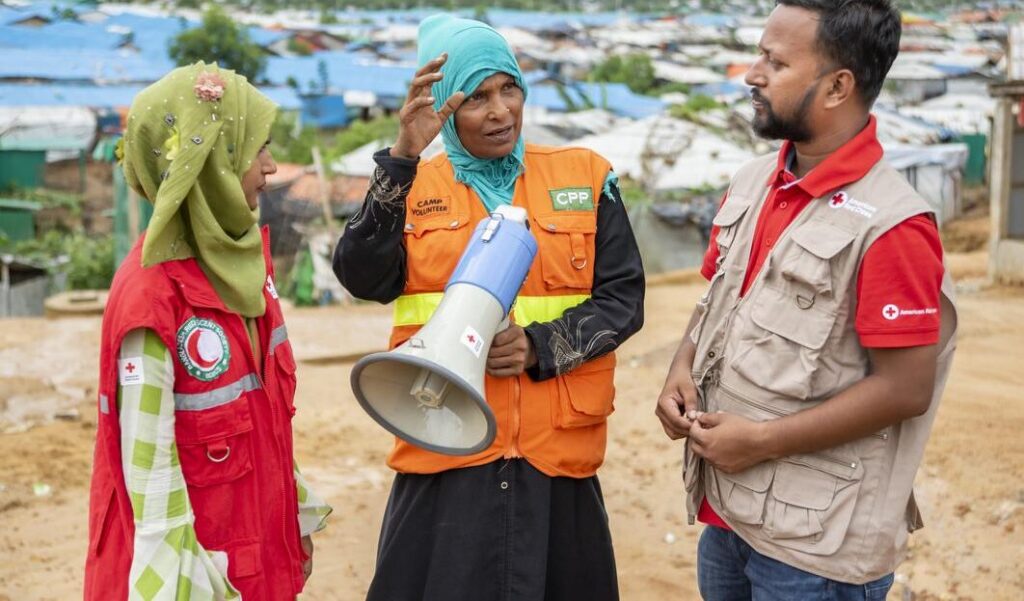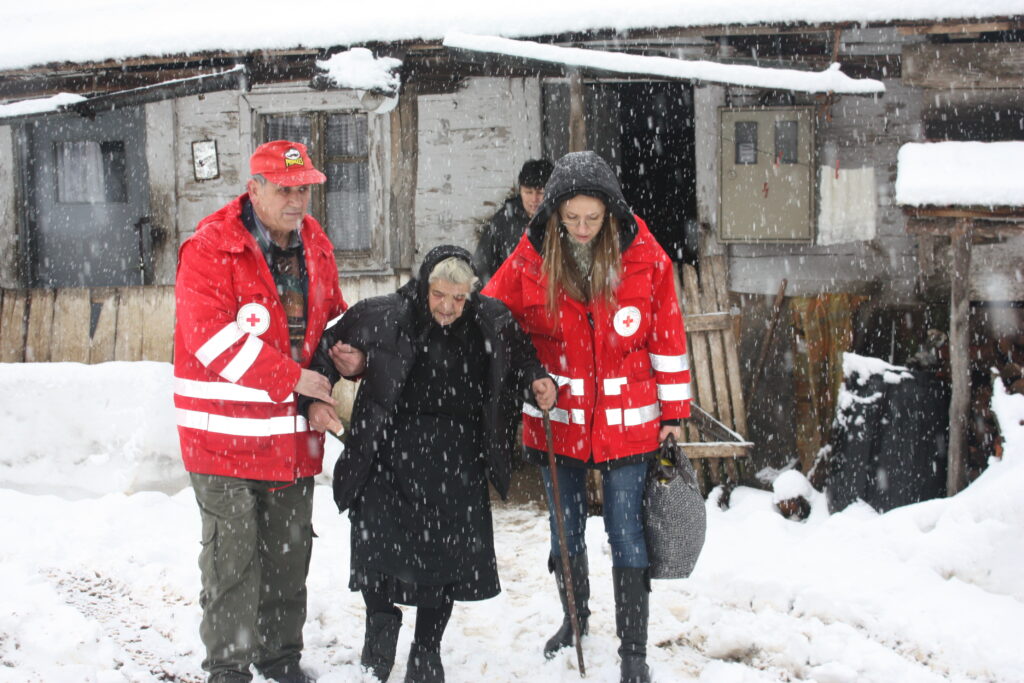Localising Humanitarian Action – Case Studies from Uganda, Kenya, the Philippines, and India
This report highlights the achievements of the Charter for Change Working Group (C4C WG) in Uganda and summarises learning from three organisations championing localisation in Kenya, the Philippines, and India. The objective of the report is to inform localisation planning in Uganda.

